The saying “a picture is worth a thousand words” certinately rings true for the work of Louis Klemantaski, often considered the architect of Motorsports photography. His eye captured the raw action on the front lines of racing’s golden era.
Klemantaski’s shot it all during his storied career, from F1 and Grand Prix to road and track racing.
Rare Treasures
Klemantaski: Master Motorsports Photographer showcases hundreds of the best, most breathtaking images from the Klemantaski archives. To date, no other publication on Klemantaski even comes close. A lifetime of work like this, wrapped up beautifully in a single volume for the world to enjoy – to say it’s special, unique, or even tremendous would be an understaement.
There are no words and that’s okay … the photos do the speaking.
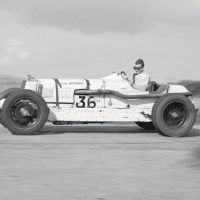
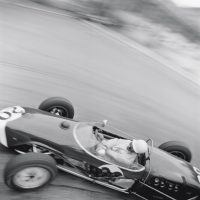
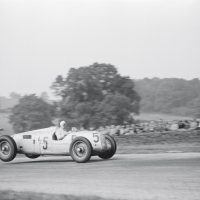
Determined Spirit
Klemantaski suffered an injury early in his career that kept him out of the driver’s seat. However, that didn’t mean he was going to stop racing; it was in his blood and part of his very being. Klemantaski jumped in head first, be it standing on a tight corner or strolling the infield. Many times, he would ride shotgun as seen in some of his Mille Miglia photos.
Klemantaski’s photos show no matter the obstacles, our dreams can still become reality.
The Klemantaski Collection consists of over 500,000 racing and related automotive photographs. It is one of the largest, most culturally significant libraries of its kind in history.
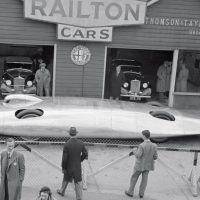
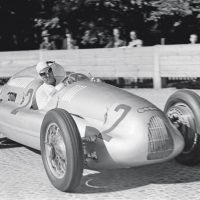
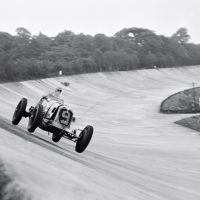
Author
Paul Parker is a UK-based author specializing in historic motor racing and Motorsport photography. He has published books with Haynes, Karl Ludvigsen, and Palawan Press. He also works regularly with top UK magazines including Octane, Classic and Sports Car, Autosport, and Motorsport.
Klemantaski: Master Motorsports Photographer is available through Motorbooks and Amazon.
Klemantaski Gallery
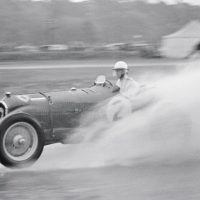
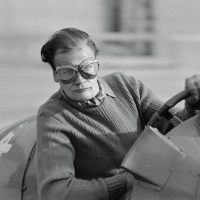
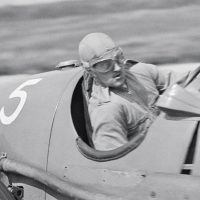
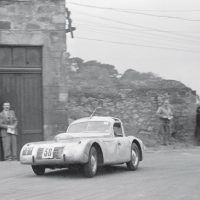
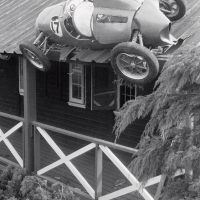
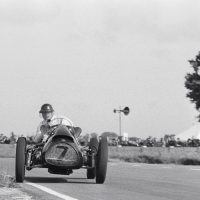
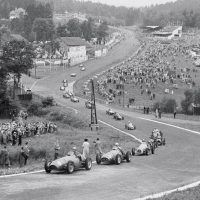
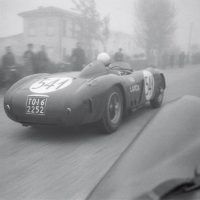
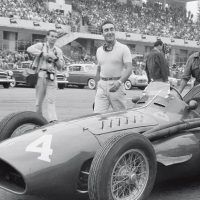
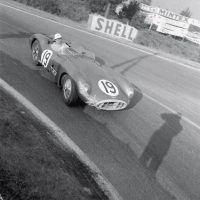
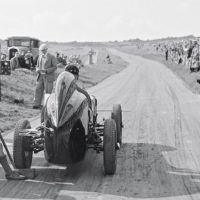
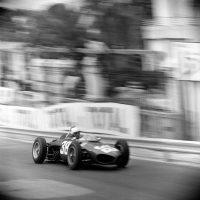
Louis Klemantaski Obituary
Last week on Automoblog Book Garage, we highlighted Ford’s racing story.
from Automoblog.net http://www.automoblog.net/2016/05/15/automoblog-book-garage-klemantaski/
via IFTTT
from Tumblr http://peternpalmer.tumblr.com/post/144400534876
via IFTTT

No comments:
Post a Comment